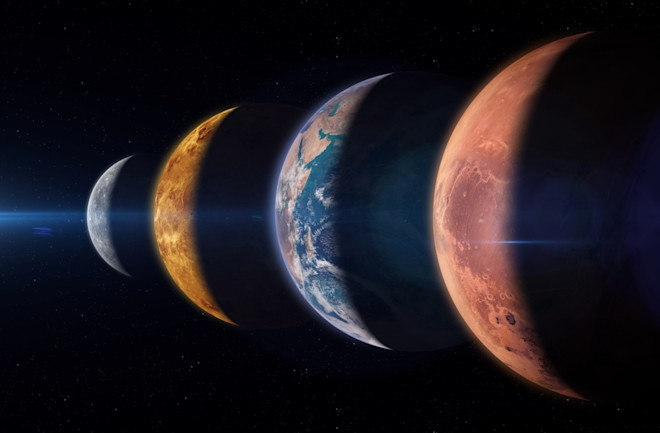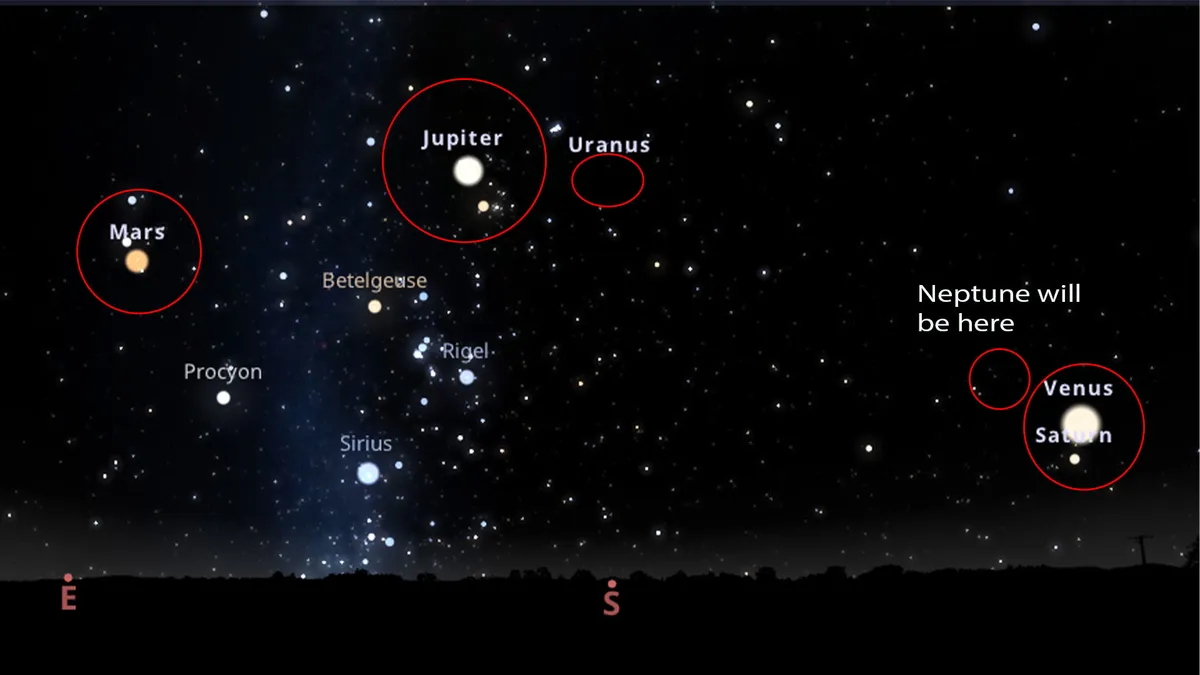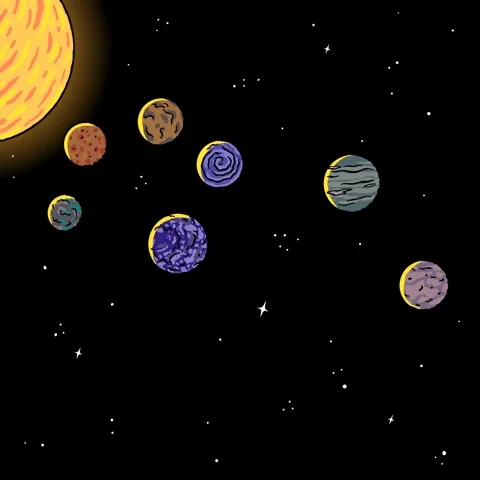
The night sky is serving looks this January, and we’re all invited to the ultimate glow-up party hosted by our solar system. That’s right, a rare planetary alignment is happening, and it’s giving main character energy. Let’s talk about why this celestial tea is piping hot, how rare this event is, and how you can witness it without feeling like Mercury in retrograde.

What Even Is a Planetary Alignment?
Okay, imagine the planets are doing a group selfie. That’s basically what a planetary alignment looks like from Earth. While they’re not actually forming a straight line like a cosmic conga in 3D space, they’ll appear lined up in the night sky. Think of it as the solar system’s version of a perfectly curated Instagram carousel.

Why January 2025 is Kind of a Big Deal
This month, Venus, Mars, Jupiter, Saturn, and Mercury are stepping into the spotlight. Getting five planets to align is harder than finding the perfect group chat name that everyone likes. These alignments only happen once every 10-15 years, so yeah, this is a once-in-a-decade red carpet moment for the universe.

When and Where to Look ?
- Date and Time:
Circle your calendar from January 18 to January 26, 2025, and set an alarm for about 45 minutes after sunset. You’ll need that golden hour energy to catch the celestial squad. - Location:
Grab your picnic blanket and head to a spot with zero light pollution. No offense, city dwellers, but you might want to make a little road trip to see the action. - What You’ll See:
- Venus: The ultimate showstopper, glowing brighter than your phone screen at midnight.
- Jupiter: The reliable bestie who’s always there, shining like a second star.
- Mars: That low-key friend with fiery vibes (aka, the red one).
- Saturn: Wearing its iconic ring like it’s engaged to the cosmos.
- Mercury: The shy one hanging close to the horizon; you might need to squint.

Why Is This So Rare?
Getting planets to align is like scheduling a group dinner where everyone’s free. Since their orbits around the Sun are on different timelines, these lineups are pretty rare. Plus, this kind of alignment where you can actually see the planets with your naked eye? That’s like finding a Wi-Fi signal in the middle of nowhere—rare and magical.

How to Watch Without Looking Like a Total Newbie
- Use Your Naked Eye:
Yes, you can see them all without fancy gear. Venus and Jupiter will be serving main-character energy, while the others are more subtle. Join us for a stargazing-> find more details here. - Bring Binoculars or a Telescope:
Want to flex? With binoculars, you can see Saturn’s rings and maybe even Jupiter’s moons. Telescope users, you’re basically leveling up here. - Photography Hacks:
Pro-tip: Use a tripod and long-exposure mode to snap the alignment. If your phone’s storage isn’t full of memes, now’s the time to put it to good use. - Astronomy Apps:
Download SkySafari or Stellarium—think of them as the Google Maps of the universe. No getting lost in the stars here.
Why You Shouldn’t Sleep On This
Not to sound dramatic, but planetary alignments are like the Met Gala of the cosmos. You don’t want to miss Venus shining brighter than a spotlight or Jupiter’s dependable glow. This is your chance to feel small in the most awe-inspiring way—and no, not because someone roasted you on Twitter.

So, grab your binoculars, charge your phone for some epic photos, and prepare to have your mind blown. This alignment is proof that sometimes, the universe really does revolve around us… or at least looks like it does for a night.

One response to “Planetary Alignment in January 2025: why this celestial tea is piping hot ?”
Cool